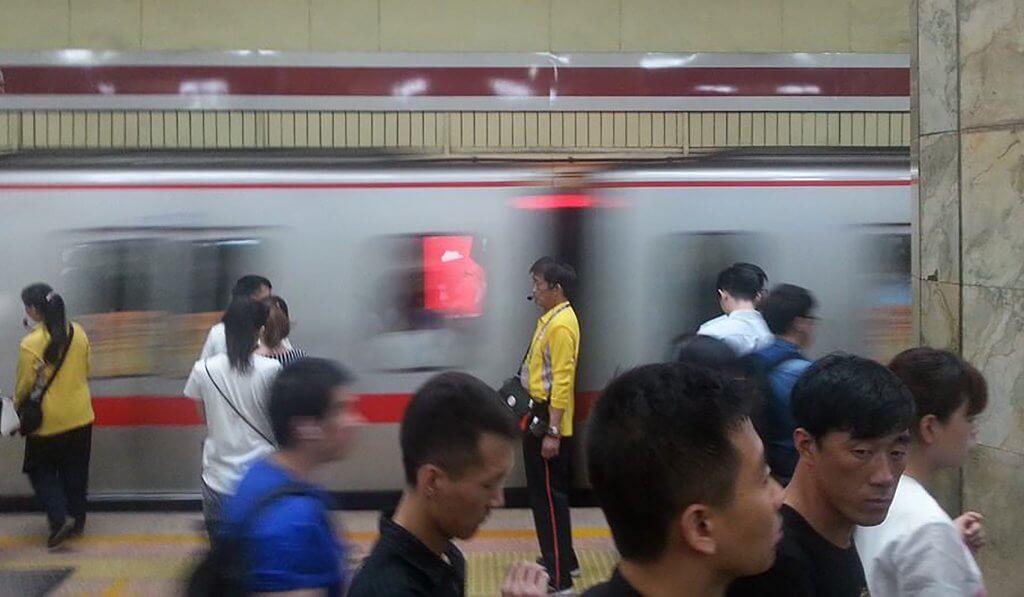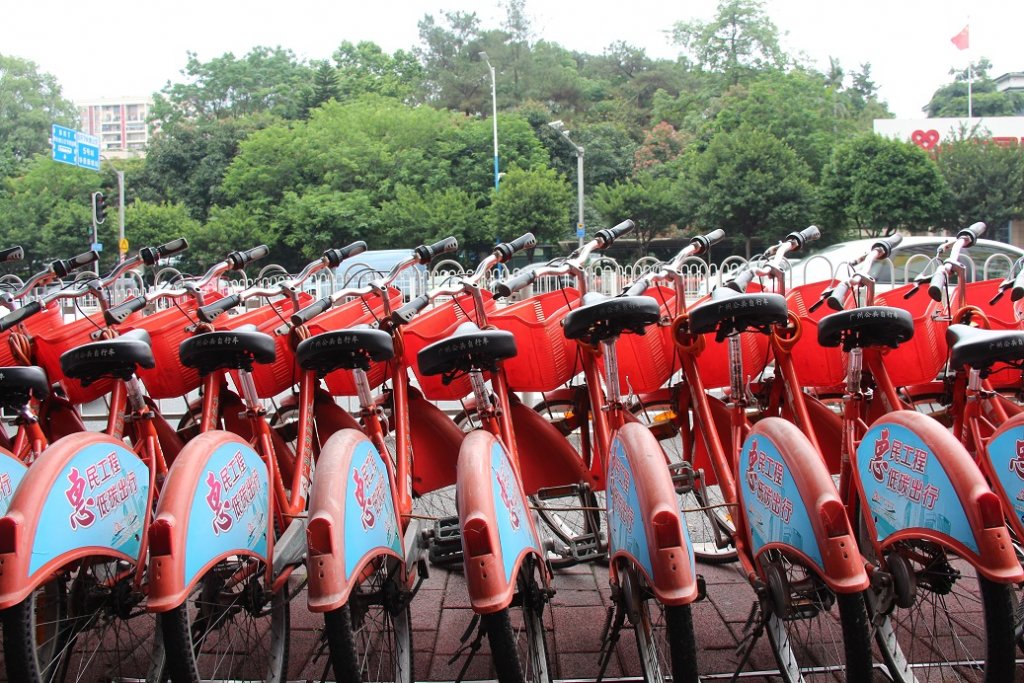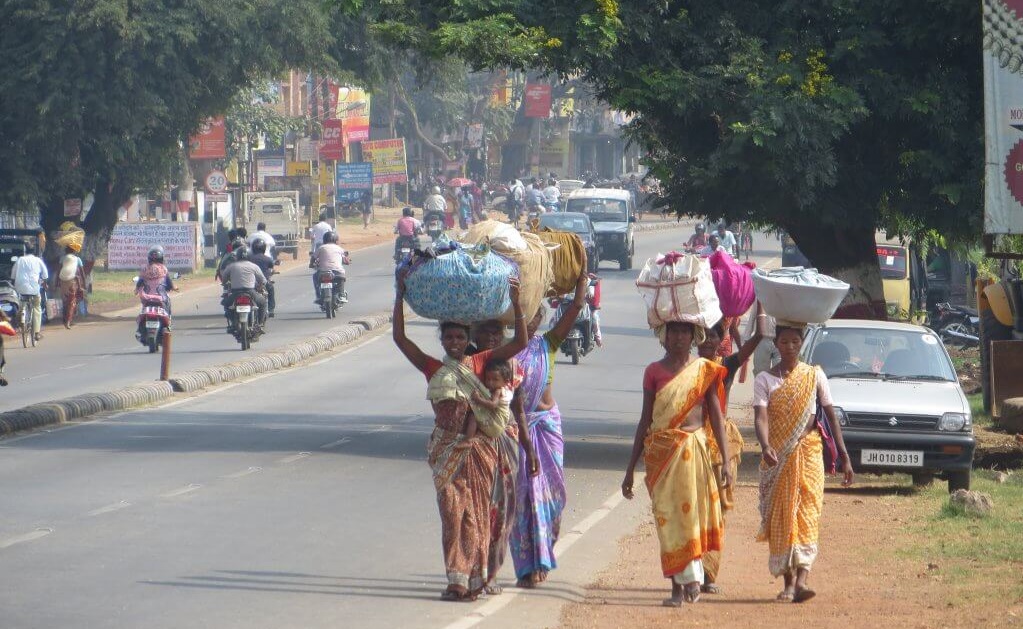1 March, 2016
Sustainable cities all around the world
Environment Programme / Partner story
Photo: © Kamyla Borges Cunha/IEMA
Geographically, historically and culturally, you might think that Brazil, China and India have very little in common. However, while these countries may be worlds apart on many levels, all three have been developing at exponential rates and are facing similar challenges. Enormous cities such as Beijing, Rio de Janeiro and New Delhi are home to millions of people and urbanisation is taking place at an unprecedented pace. People are moving in great numbers from the countryside to the cities
“The rise of the South is unprecedented in its speed and scale. Never in history have the living conditions and prospects of so many people changed so dramatically and so fast.”
– United Nations Human Development Report 2013
At the same time, each country is facing the inevitable challenges that industrial growth brings. Burgeoning infrastructure has had to keep pace with the increasing demands of newly arrived city-dwellers. Where non-polluting bicycles or rickshaws were once common, cars are swiftly becoming the norm. There are 5.57 million vehicles in Beijing alone. Automobile owners in Brazil have doubled in the last decade, with one
In tandem, pollution levels have soared. Once blue skies are often completely hidden from view, particularly in parts of India and China, as heavy grey smog enshrouds many of these countries’ larger cities. At certain times of the year, citizens are obliged to wear masks to
“Most transport systems are built on the US model, which caters for cars,” explained Karen Suassuna, Oak Foundation Programme Officer for Brazil. “But people are starting to realise that this model doesn’t work for every country. Mobility is a big issue in large cities – buying more cars is not the answer. Governments need to look for sustainable ways to help people get around cities quickly, while at the same time reducing greenhouse gas emissions.”
Many people believe that now is a unique moment in history. Brazil, China and India have the chance to support new, cleaner, greener transport systems that will reduce traffic, pollution and transit times, while improving the quality of life of their citizens. “Now governments have the chance to act,” explained Richard Liu, Oak’s China Climate Programme Officer. “While infrastructure is still being put in place, Brazil, China and India could leap forward and lead the world by setting a firm foundation for a future green economy.”
Oak supports several not-for-profit organisations in these three countries, which, while working to increase the efficiency and speed of transport services in some of the world’s largest cities, are also trying to reduce greenhouse gas emissions. These organisations are working alongside governments to improve urban transport, reduce commute times and traffic, and build greener, cleaner cities to improve the life quality of their citizens for generations to come. Read on to find out about our grantees’ work in each country!
Brazil
It is widely known that the bulk of Brazilian CO2 emissions derive from the conversion of forests to pastures for cattle ranching and agriculture. However, due to decreasing deforestation rates, the energy sector is the single major source of
A 2014 IEMA study of urban mobility in the city of Belo Horizonte in the southeast of the country estimates that by increasing public transport and cycling options, greenhouse gas emissions can be reduced by 29 per cent by 2020.
Several cities have seen major investments in transport – in
This is a relief for many, especially for citizens living in Rio’s outskirts, where inadequate transport services are often the norm. As well as cutting people off from accessing the city easily, this can have other serious knock-on effects. For example, citizens can have a harder time finding employment.
“Where you live greatly influences your chance of getting a job. Many people do not trust that you will arrive on time to work if you live too far from the office. Where you live is often the first question you are asked in an interview.”
– Angela, Tour guide, Rio de Janeiro, Brazil
“Brazil is living through a major urban mobility crisis in its mega-cities,” said Karen. “An increase in the affluence of the new middle class, pumped by misguided government incentives to buy cars, has led
Following these protests, President Dilma promised to establish a national urban mobility plan, requested that major cities also develop plans and pledged tens of billions of US dollars to make improvements. “However, in view of the recent economic downturn, the promised funds are failing to materialise,” said Karen. There are nonetheless some hopeful signs – Oak grantees in seven major cities in Brazil are supporting the development of urban mobility plans. They are deploying dedicated bus lanes, BRT lines and other forms of emission-reducing transport. For example, ITDP has been working with the government on an ambitious new plan for 400 kilometres of bike-lanes to be completed in São Paulo in 2016. More than 8,000 bike racks will be installed on the São Paulo streets, with bike-parking facilities at every bus terminal. “Despite this progress,” said Karen, “Public pressure needs to be maintained.”
China
Birthplace to one of the world’s earliest recorded civilizations, China is a vast country with a rich, varied heritage and culture, beautiful landscapes and a long and interesting history. With a population of 1.3 billion, China recently became the world’s

Photo: © Oak Foundation
Unfortunately, pollution levels have soared alongside economic growth. China has committed to tackling the rising problem of greenhouse gas emissions. In 2014 clean energy investment jumped from USD 60 billion to USD 90 billion, and in mid-2015,7 coal consumption dropped for the first
Although historically a great biking country, nowadays cars in Beijing are used for twice as many journeys as bikes. Therefore, one of the first things being tackled is the overwhelming number of cars on the road. Already local governments in Shanghai and Beijing have imposed licence-plate restrictions to curb car-ownership, with a lottery restricting
ITDP has been working to build BRT systems in cities around China. It has been involved in two projects already – in Guangzhou, a large city of more than 14 million people in the south of the country, and in Yichang, a city of some 4 million people situated further north on the Yangtze River.
The BRT has so far been successful and popular. “Urban villages” are being built around the stops it serves and Government officials are using it as a “gold standard” example in excellent transport systems. Chinese BRT systems often incorporate a double-lane, which allows buses to pass each other when there is a queue and this keeps the transport system running swiftly, unlike earlier versions of BRT. “I hear a lot of people are not sure what to think about the new BRT system,” said a Yichang taxi driver, “I think it will improve the quality of life, and hopefully the air in this city too.”
Indeed, in an ITDP survey, conducted before the Guangzhou BRT was up and running, only 25 per cent of people reported that they were happy
In addition, various municipal governments across the country are introducing other greener transport options, including high-quality bus, train and underground train services, bike tracks, rental bikes and other initiatives. Electric bikes are a phenomenal new development – in less than ten years, the Chinese have bought 230 million electric bicycles. Many environmental not-for-profit organisations are hopeful that commuters will return to other, more sustainable and greener forms of transport. “We are trying to break the tendency among the public to equate car-ownership with success,” said May Mei from WildAid, which works to encourage greener forms of transport. “By encouraging people to use the transport system, bicycles or just simply to walk, we hope we can help reduce greenhouse gas emissions. Change is slow, but people are starting to become increasingly aware of the steps they can take to help make China greener.”
“China has an opportunity to implement sustainable urban transport right now, and perhaps become a world leader in sustainable green transport systems.”
– Daizong Liu. Director, EMBARQ

Photo: © Oak Foundation
Indeed, many Chinese not-for-profit organisations believe that the moment to introduce green transport is here. “In these relatively early stages of growth, the largest window of opportunity for China should be seized now,” said Daizong Liu, Director of EMBARQ, the sustainable transport programme at the World Resources Institute, which recommends sustainable urban development practices to improve the quality of life in all cities. “If we opt for more sustainable transport options at this relatively early stage, we can avoid locking cities in unsustainable practices in this stage of growth. China has an opportunity to implement sustainable urban transport right now, and perhaps even become a world leader in sustainable green transport systems.”
India
On a mission to eradicate poverty by 2020, India introduced free-market reforms in the early 1990s. Since then, its cities have been growing rapidly and are now home to about 40 per cent of the total population. This has created a strain on existing infrastructure, including on roads and public transport systems.
“India’s public transport systems are among the most heavily used in the world. At this point in time, it makes sense to develop it well, so that it runs sustainably, serving citizens for years to come.”
– Sahba Chauhan, Environment Programme Officer for India
Federal governments are planning sustainable transport systems, but the sheer speed of expansion has meant that more technical capacity is needed. Current transportation options tend to emit high levels of carbon emissions and public transport tends not to be safe, in particular for women. A survey by Oak grantee, the Mahila Housing Sewa Trust, carried out in Ranchi, Jharkhand, showed that women and men face different challenges when using public transport in India.
Ranchi is the capital of Jharkhand, a state in the northeast of the country that remains largely rural but is urbanising fast. Overall, nearly half of all trips made in this city are on foot or by bike and a third are by public transport. The survey revealed that some 91 per cent of women said they did not feel safe

Photo: © The Institute for Transportation and Development Policy
The ITDP believes that if there were fewer economic constraints in the country, many people would shift to buying personal motor vehicles, following in the footsteps of Brazil, China and the West. Addressing the problems faced by people who walk, cycle or use public transport
The Centre for Green Mobility (CGM), in conjunction with the Delhi Development Authority, has introduced a green mobility policy on bicycle sharing and renting in New Delhi. “This is an important step in spurring cycling facilities in Delhi,” said Anuj Malhotra from CGM. “It will provide guidance on governance, planning, financing and operational structures of cycle-sharing systems.” The CGM is also providing technical assistance and advice to the Delhi Development Authority, the New Delhi Municipal Council and Public Works Department in upgrading the streets to have dedicated space for cyclists and pedestrians.
Oak is pleased to be able to support India as it moves forward into greener and more sustainable transport systems.
Oak and green transport
In 2015 around 60 per cent of Oak’s
Source: Oak Foundation Annual Report 2015